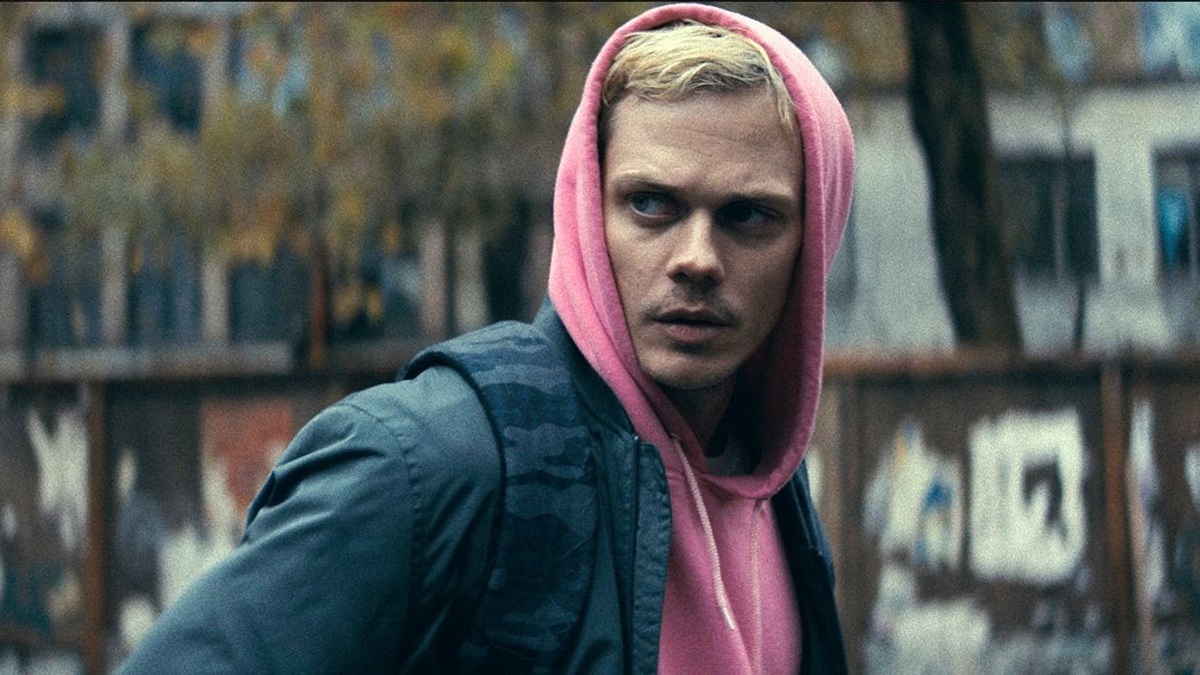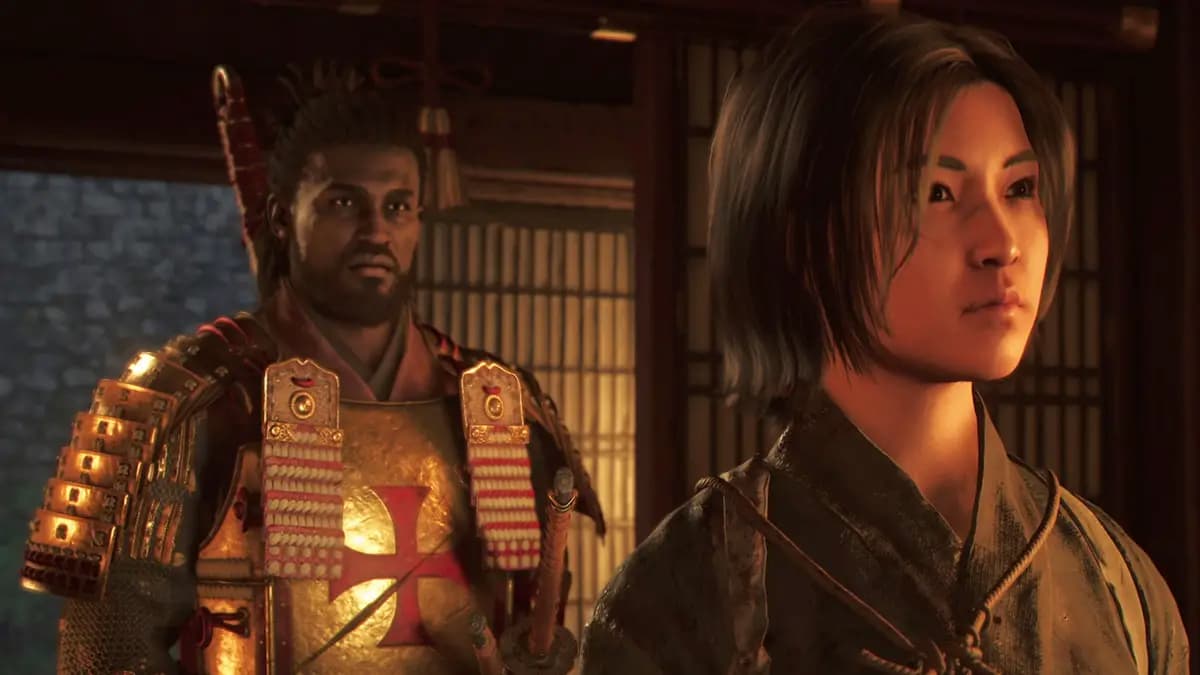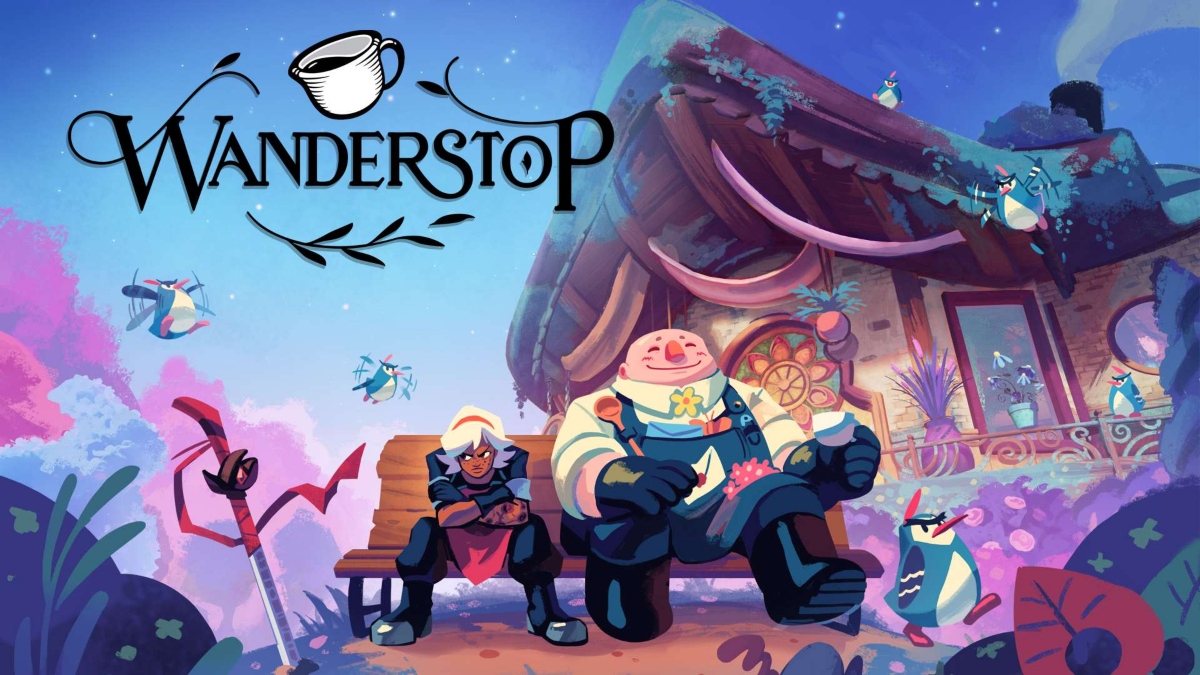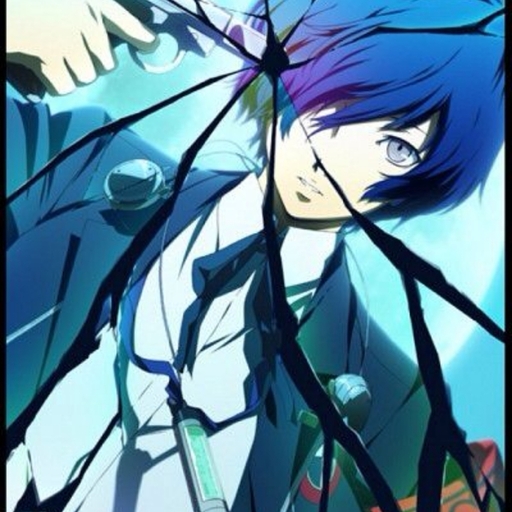Slitterhead is a game I want to like more than I do. For every intriguing concept that the game offers players, it either hinders it with poorly executed gameplay mechanics or a muddled presentation.
When Slitterhead was first announced, I was excited, if only because of Keiichiro Toyama’s involvement. The man has created some truly excellent games, like the original Silent Hill, the Siren series, and the excellent Gravity Rush duology. Most of those games are all-time classics in my eyes, so of course I was excited for Slitterhead. I knew the game wouldn’t be as grand as other major video game releases, mostly due to its modest budget, but I still had hope for the best. And in those first few hours, it met my expectations.
The game has the player assume the role of a spirit known as a Hyoki. You don’t have a name or your memories, but you know one thing – you want to exterminate creatures known as Slitterheads. Think of them like the creatures from The Thing. They devour a person’s brain and then replace them, retaining their memories and personalities, but they’re slowly invading the Hong Kong-inspired streets of Kowlong and it’s up to you to stop them. Given that you’re a ball of light, your options of fighting back are limited, but you do have one unique advantage. The Hyoki can hijack a person’s body and use them to navigate the world and fight Slitterheads.

It’s this concept that had me immediately interested in Slitterhead. Swapping between bodies is fun both in and out of combat. Chasing down Slitterheads by jumping across bodies is exciting and abandoning a nearly dead body to take control of a body with full health makes combat fast and frenetic. The tutorial even shows the platforming components of it, with the Hyoki jumping off a building to reach the ground level, only to then swap to a body on the ground so that you don’t take fall damage. Once the swap is complete, you then watch the body you used to inhabit fall to the ground as the civilians react in terror to what they perceive as a suicide.
The horror is subtle in the game, but it’s mostly left to the player to think about. The game never dwells on any of these aspects and instead simply presents the Hyoki versus Slitterhead concept as is. It’s fine enough but lacks any depth. The story just goes from point to point and given the loose narrative structure where you play events out of order, it makes it harder to engage with the game’s story. Even then, the story’s presentation is pretty lackluster, with cutscenes mostly consisting of still character models being rotated around an environment while a few recycled voice lines and grunts play over them.
And look, I don’t have issues with budget games, but at points, Slitterhead just feels cheap. Characters models look ugly and barely emote, looking almost like a PS3 game. The limited presentation of the cutscenes makes it hard to follow what’s even happening in the story. Enemy types are recycled and you’ll be fighting them ad nauseum from the beginning of the game right up until the end. It’s not that Slitterhead needed more time in the oven, but it needed way more resources to vary things up.

While the presentation leaves a lot to be desired, as a game, Slitterhead does have its moments. Taking control of random bodies is still fun and eventually you’ll come across powerful humans called Rarities. Rarities have more health and unique abilities, allowing for more interesting combat opportunities. My favorite Rarities were Julee, who has claws and can heal herself and the people surrounding her, and Alex, who has a powerful shotgun and a gravity ability that forces enemies together. The issue is that these are the first Raririties you’ll get and future Rarities either have more situational abilities or are so weak that to make them good you’ll need to pour in valuable skill points that can’t be reallocated once used.
Combat has the potential to be fun though, especially if you’re swapping between the two Rarities you’re allowed to take into missions. Having one draw aggro and lay down damage while you swap to one further away to heal and buff is a solid strategy, as is taking control of nameless civilians to pop off a few hits on enemies then swap to a new body before they’re killed. It’s never hard except when Slitterhead forces you to play as a character that you haven’t been leveling up.
When you aren’t fighting, you’ll navigate a few small open-world areas to progress the story. Sometimes these take the form of linear stealth sequences, which are a drag, but other times these are mystery segments where you need to track down disguised Slitterheads. The game will guide you in the proper direction, but this usually involves talking to locals or tracking their position by observing what they’re seeing, much like how sightjacking worked in Siren.

I loved these investigative elements, but they’re not fully realized. While tracking a Slitterhead should be like a game of cat and mouse, the game will draw a huge amount of attention to who the Slitterhead is, whether it be panning the camera to them or having an option appear above their head to reveal their identity, something that only pops up for Slitterheads. Plus, given the relatively few environments you have available and the number of times you’ll play through them, these segments lose their charm very quickly.
The biggest problem that Slitterhead has is once you’ve played the game for four hours, you’ve seen everything it has to offer. Combat doesn’t get more complex and the mystery segments don’t become more interesting. All you’re left with is repetitive combat and a story that you’ll quickly lose interest in because of how poorly presented it is. Again, those first four hours are fun because of how fresh and exciting the concepts Slitterhead wants to experiment with are, but then it just doesn’t know what else to do with them.
After I finished the game after 12 hours, I couldn’t help but think that I deluded myself into thinking that Slitterhead was better than it was. I wanted to like it, I honestly did, but after a certain point, goodwill can only take you so far. Eventually, you just have to accept a game you were looking forward to is actually bad.














Published: Nov 14, 2024 4:26 AM UTC